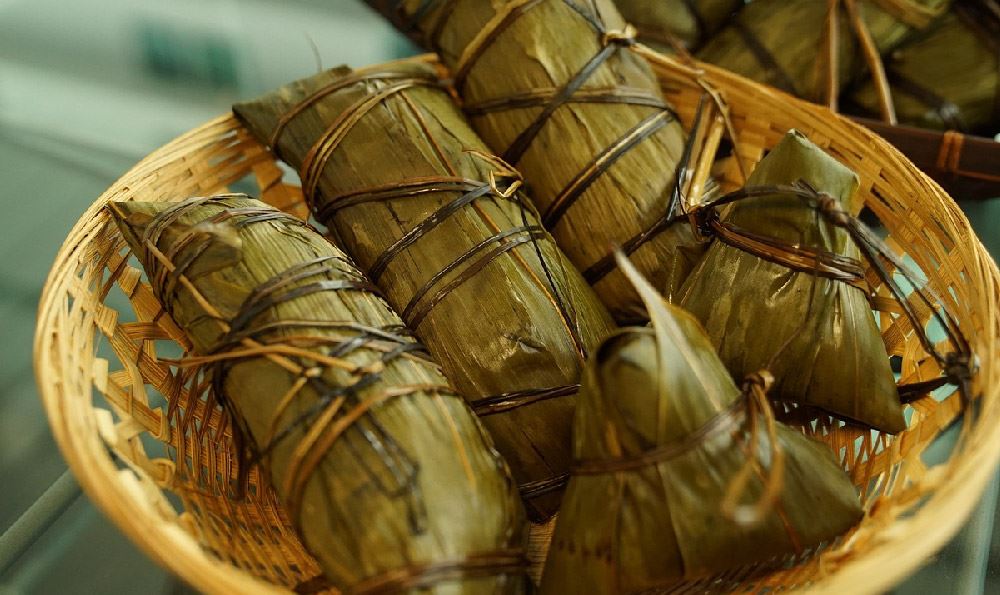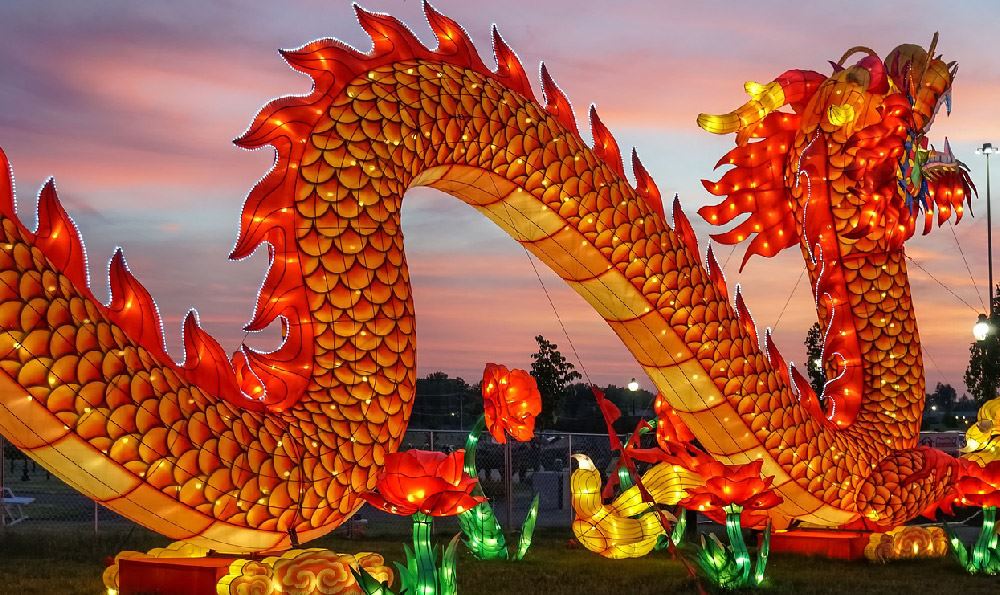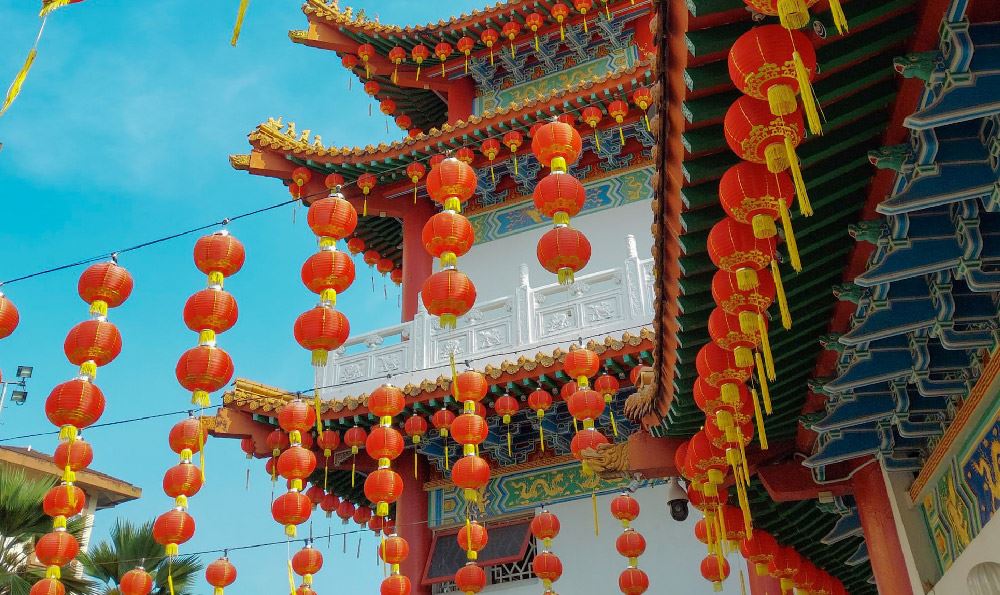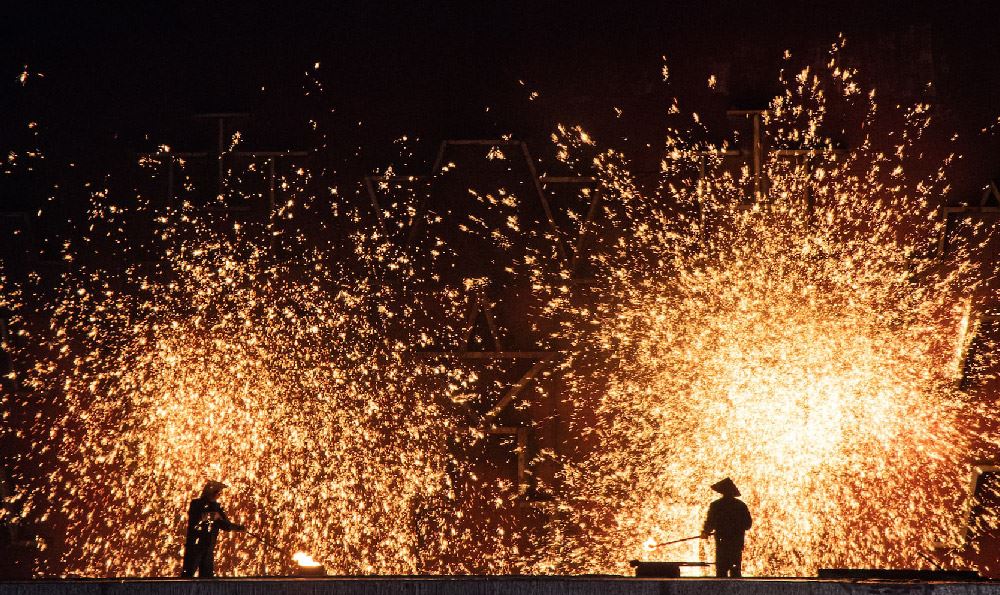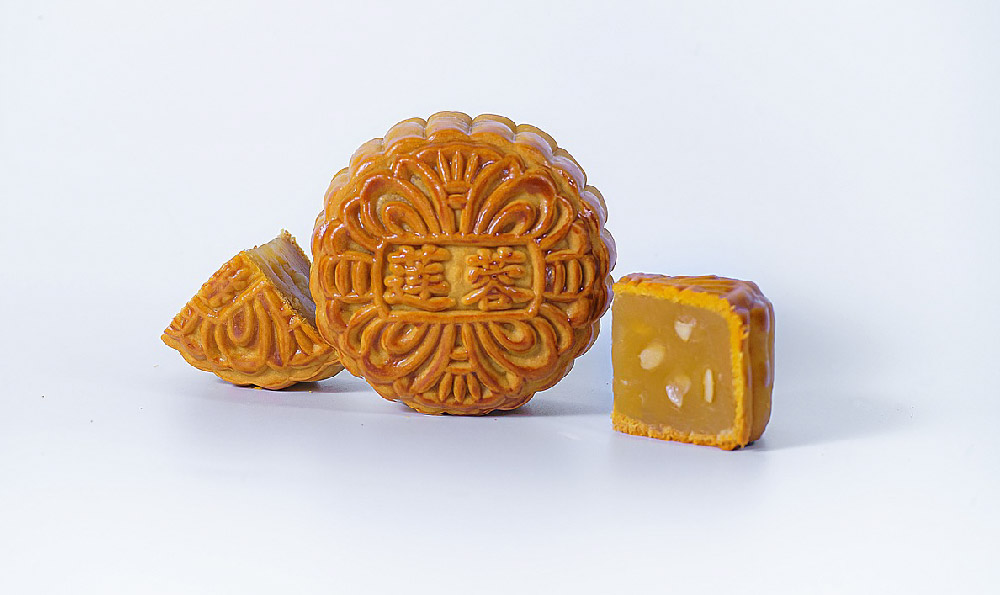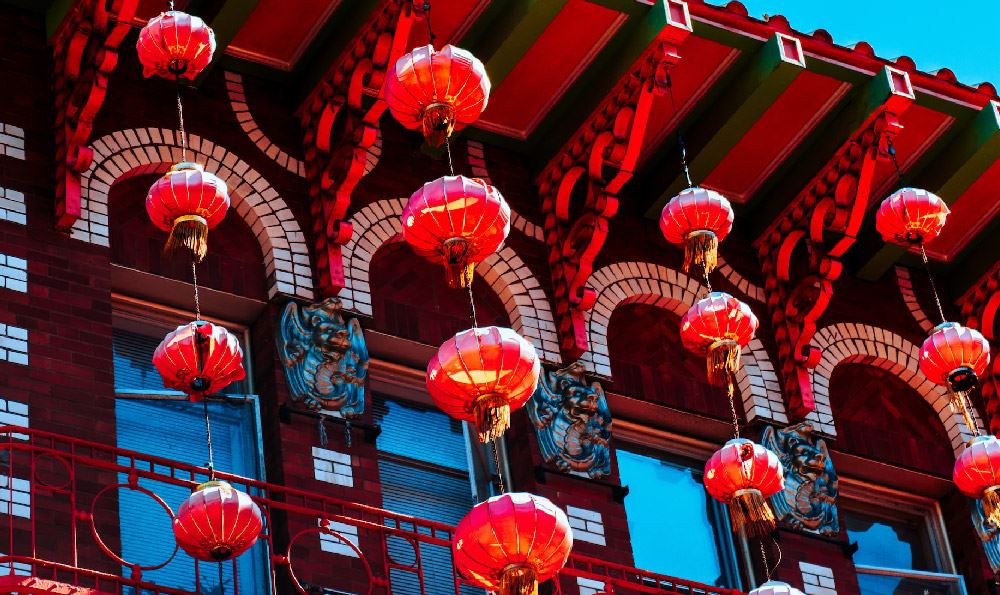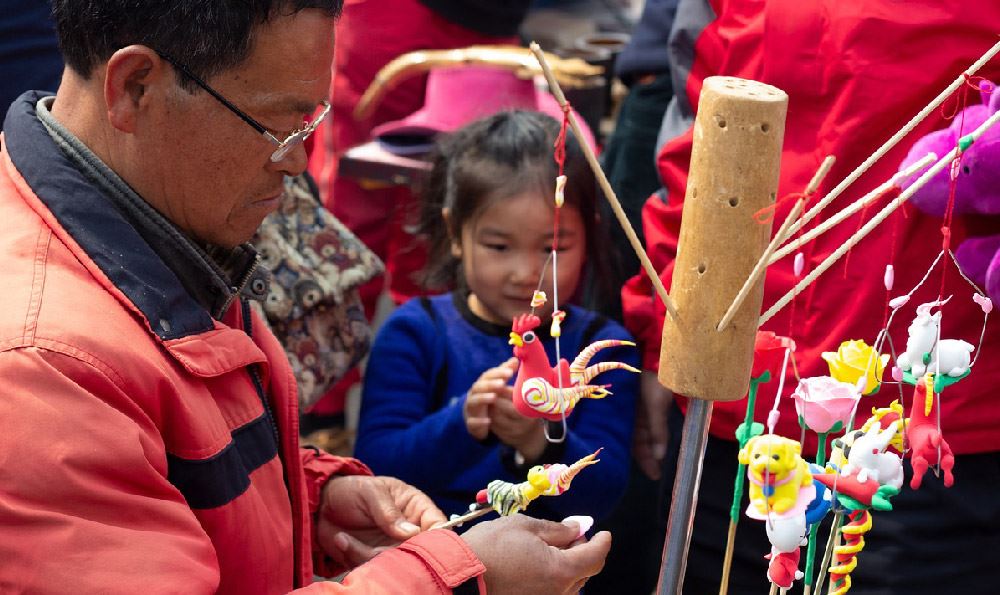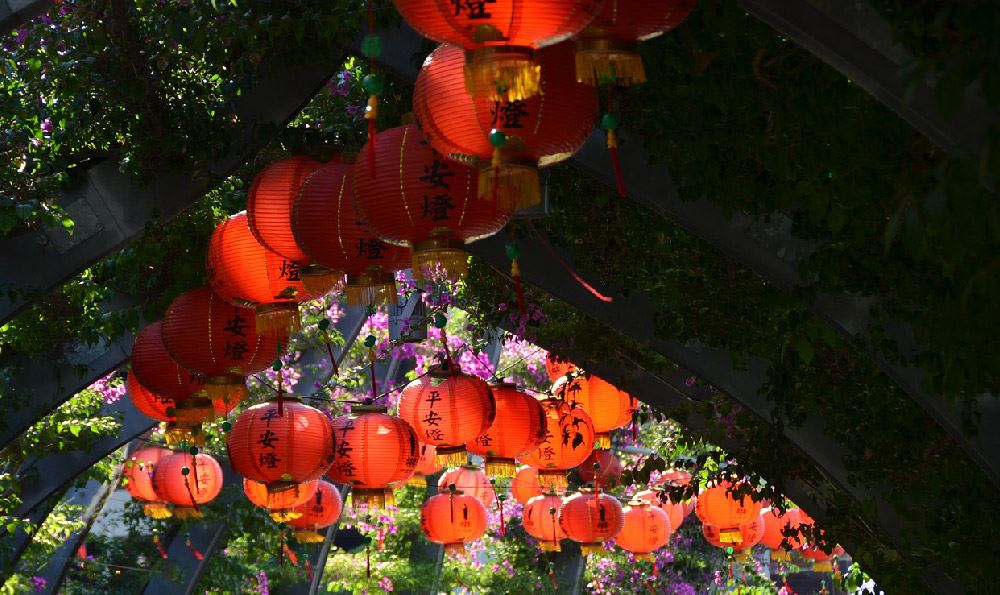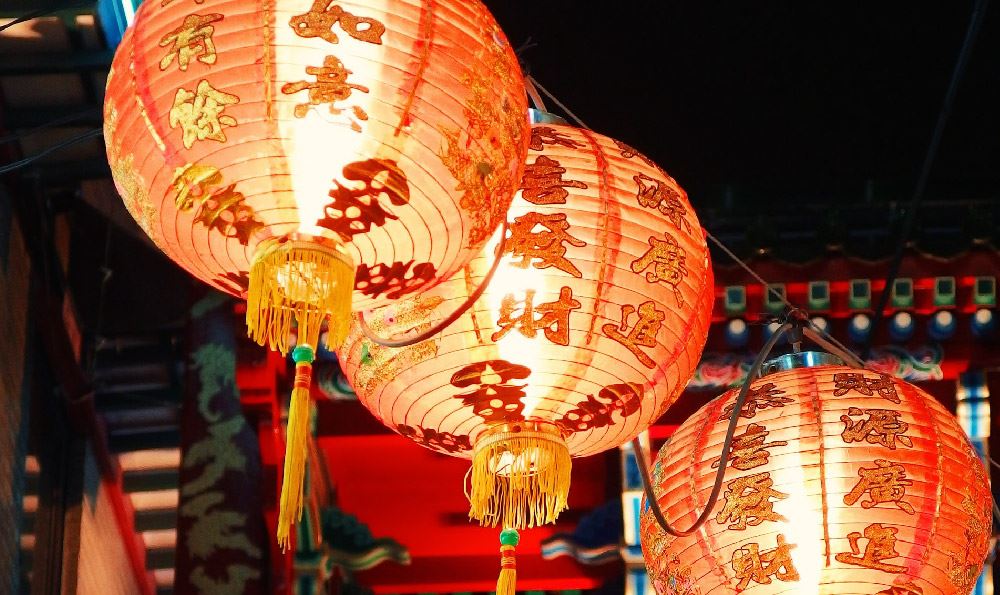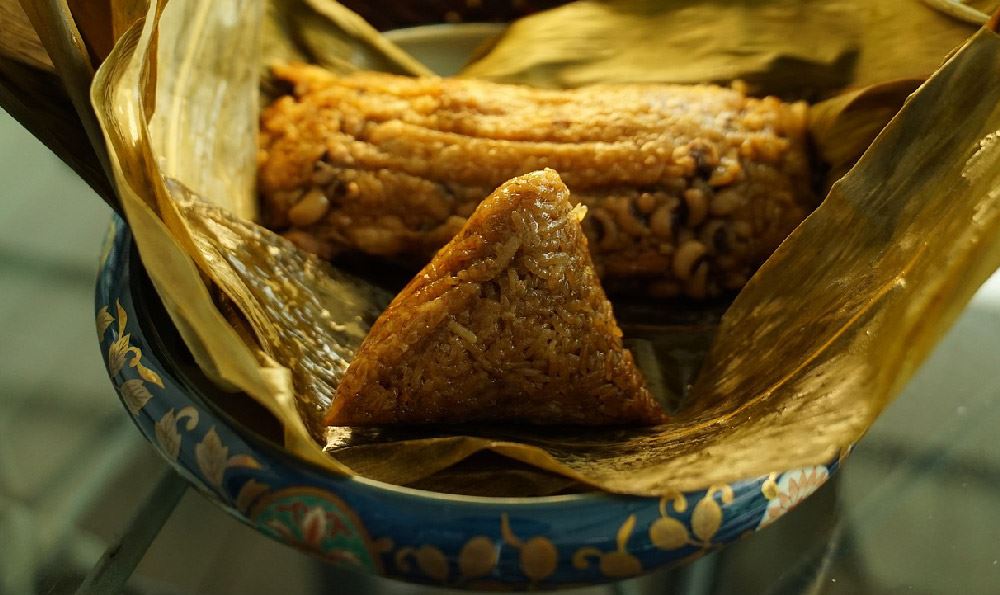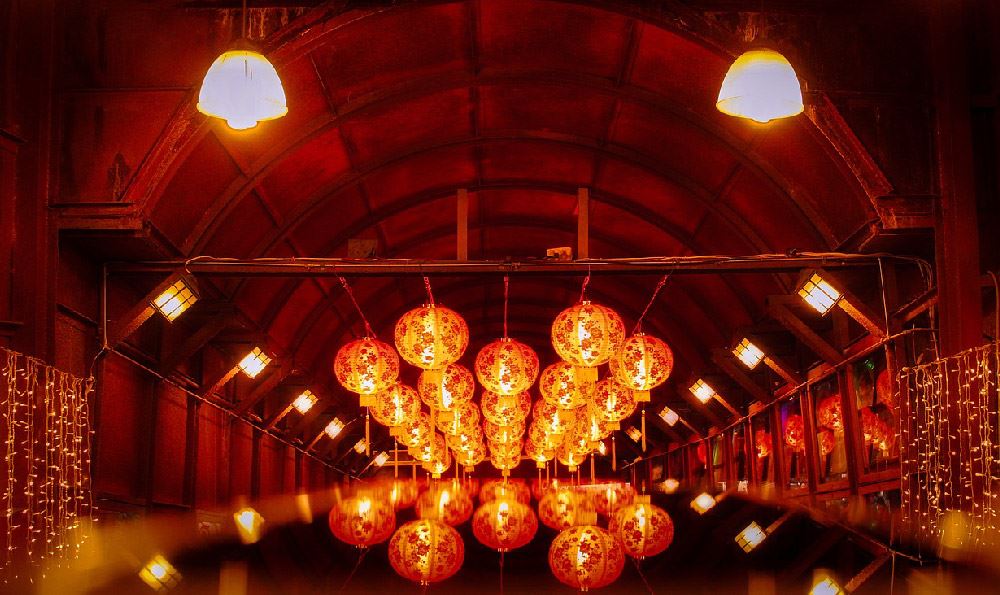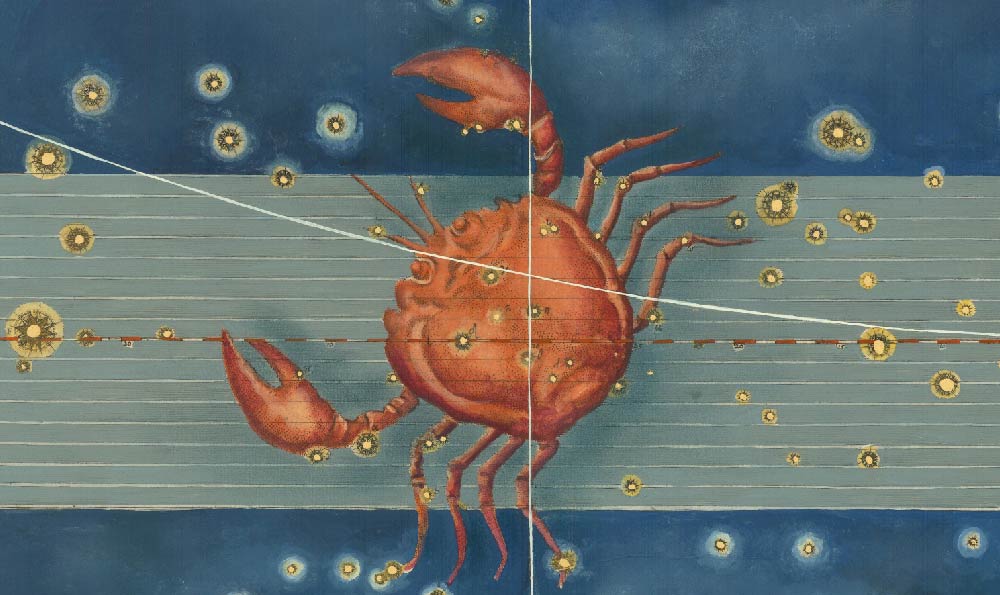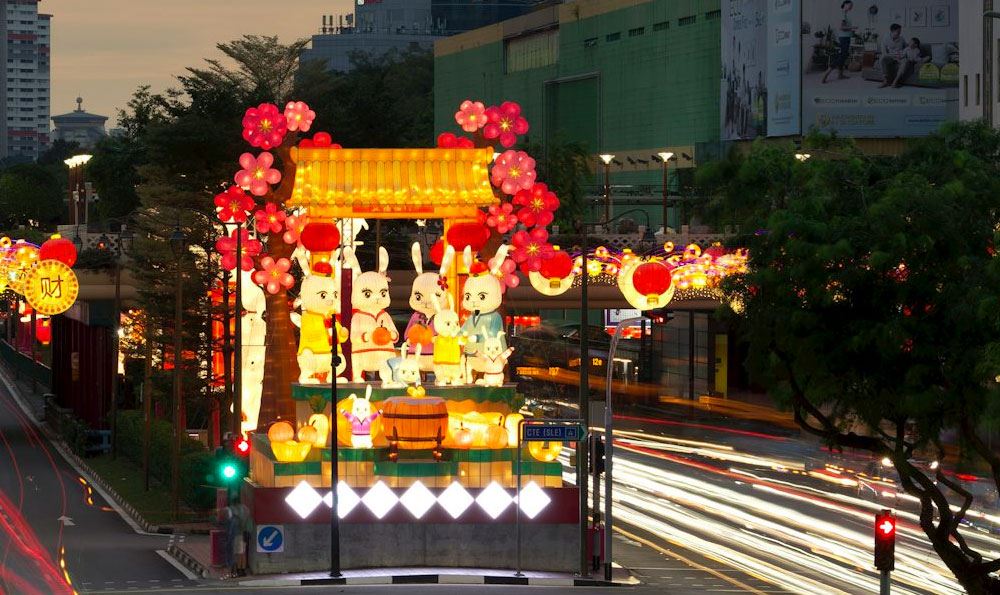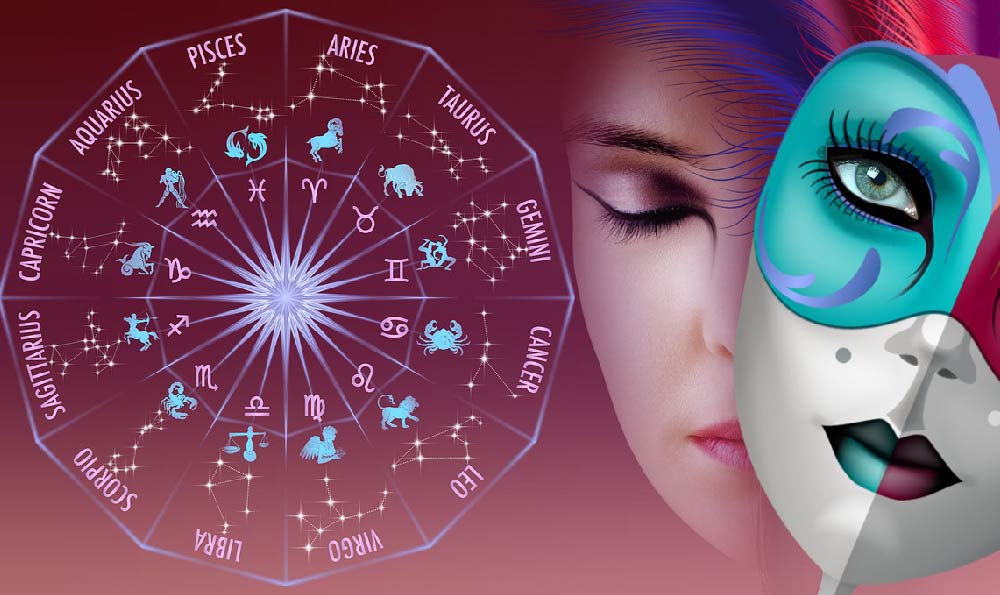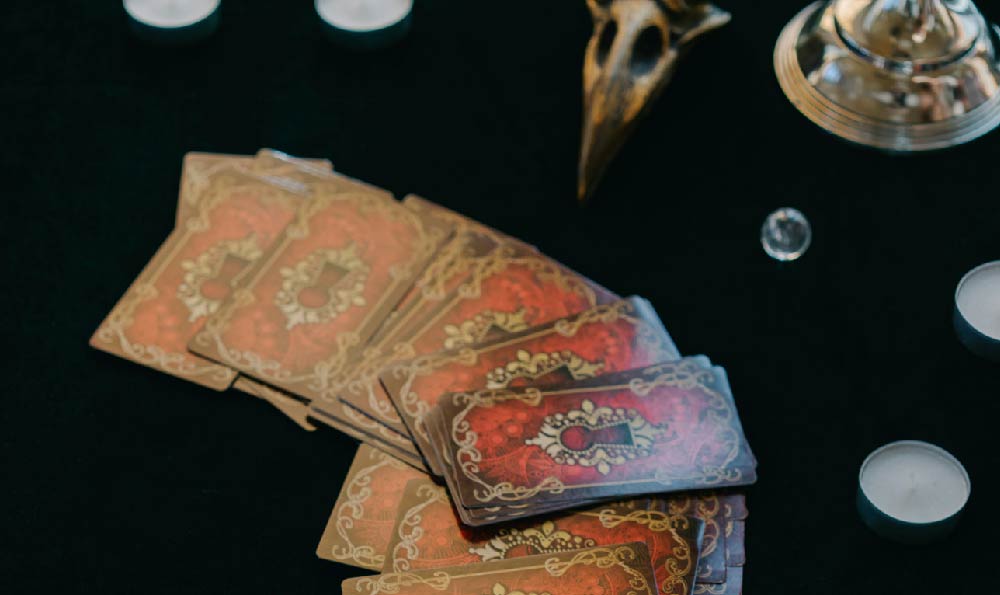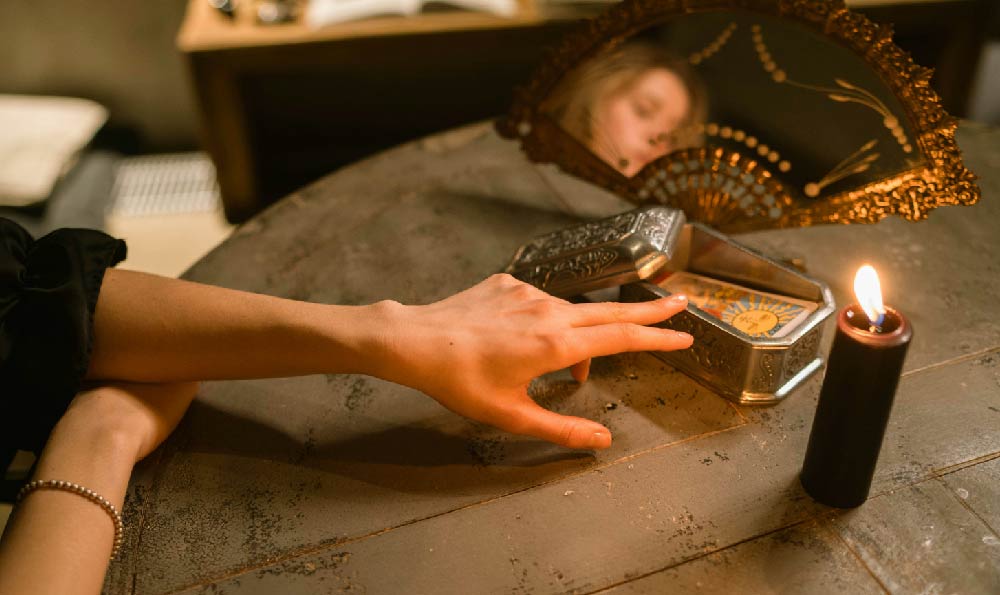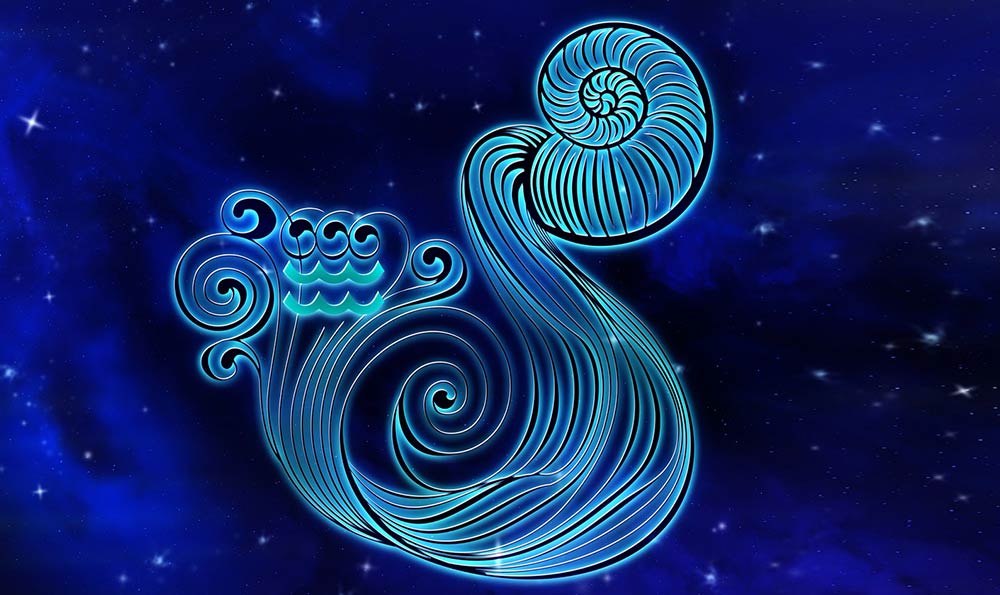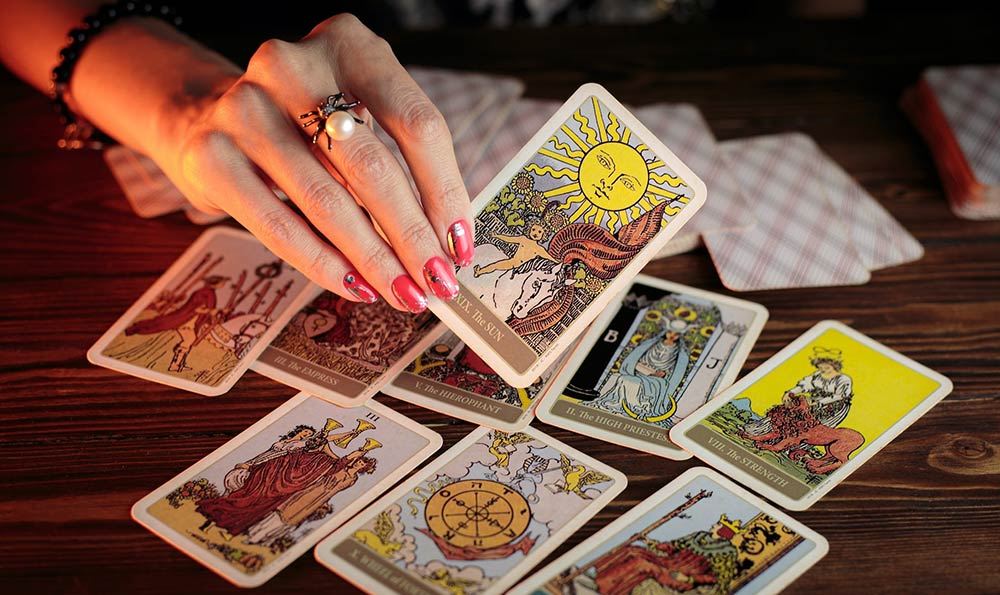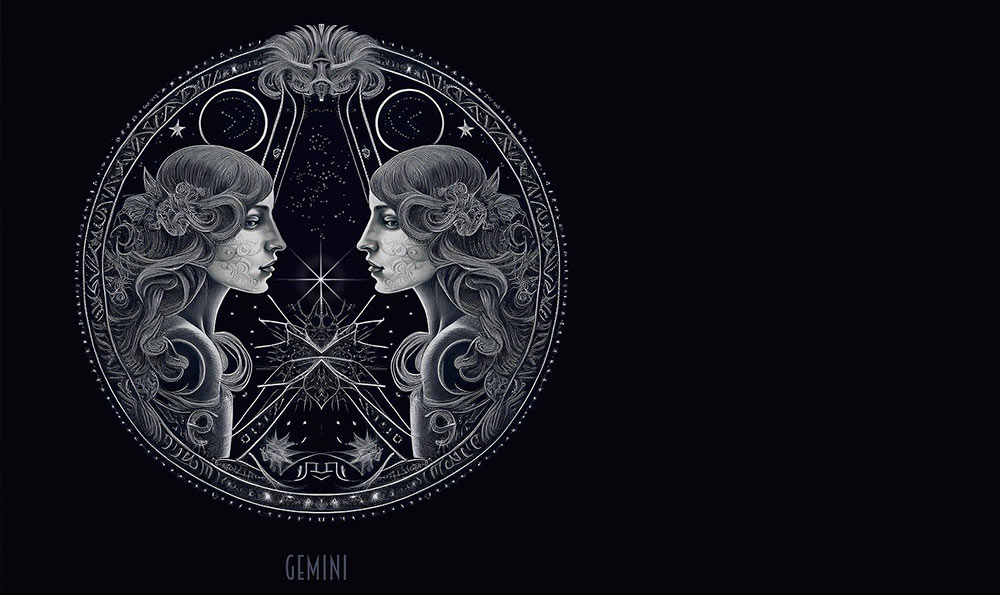The Difference between Spring Festival and New Year's Eve
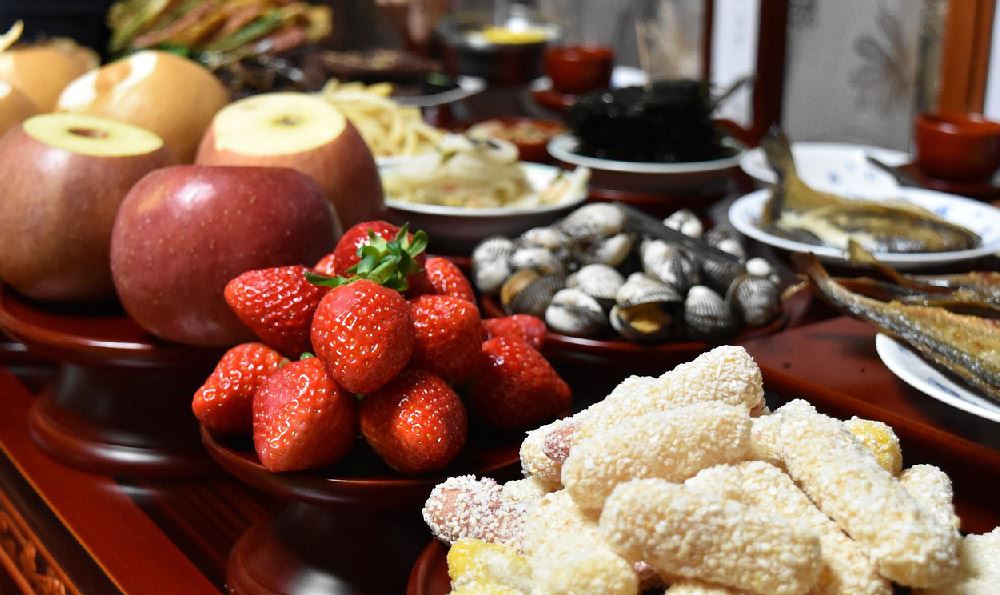
Introduction:
Have you ever wondered about the difference between Spring Festival and New Year's Eve? In this article, we will explore the distinctions between these two important celebrations in Chinese culture. By examining their origins, customs, and significance, we can gain a deeper understanding of the rich traditions associated with these holidays.
Content and Structure:
1. The Origins of Spring Festival and New Year's Eve
- Spring Festival: Origins in ancient agricultural rituals and worship of ancestors
- New Year's Eve: Influenced by Western traditions and celebrated on December 31st
2. Customs and Traditions
- Spring Festival: Dominated by family reunions, red lanterns, firecrackers, and the iconic lion dance
- New Year's Eve: Emphasizes countdowns, fireworks displays, parties, and the singing of Auld Lang Syne
3. Symbolic Foods and Festive Dishes
- Spring Festival: Dumplings symbolize wealth and good fortune, while fish represents surplus for the coming year
- New Year's Eve: Champagne, caviar, and other luxurious foods are commonly enjoyed during celebrations
4. Cultural Significance
- Spring Festival: Represents the beginning of a new lunar year and the hope for a prosperous and harmonious future
- New Year's Eve: Reflects the transition from one calendar year to another, offering an opportunity for reflection and new beginnings
Conclusion:
In conclusion, while Spring Festival and New Year's Eve are both joyous occasions for celebrations, they differ in their origins, customs, and cultural significance. Spring Festival, deeply rooted in Chinese traditions, emphasizes family reunions and hopes for a prosperous year ahead. On the other hand, New Year's Eve, influenced by Western customs, focuses on countdowns, parties, and the beginning of a new calendar year. Understanding these differences allows us to appreciate the unique cultural heritage associated with each celebration. Let us embrace the diversity of traditions and celebrate the unity in our shared love for festivities.
(Note: The word count of this article is 244 words.)
fi11cn含羞草研究app下载安装
引起读者的注意:

你是否曾经想过,春节和除夕有什么区别?这两个传统节日在中国文化中扮演着重要的角色,但它们究竟有何不同之处呢?本篇文章将为您详细介绍春节和除夕的区别。
介绍文章的
本文将通过以下几个方面来阐述春节和除夕的区别:一、历史背景和起源;二、庆祝方式和活动;三、象征意义和民俗习俗。
按照第二段提出的内容和结构,逐一展开
1.历史背景和起源:
开始的时候,我们将介绍春节和除夕的历史背景和起源。春节是中国传统的农历新年,具有悠久的历史和文化底蕴。而除夕则是指农历年的最后一天,也是农历新年的前夜。这两个节日都与传统的农耕文化和宗教信仰密切相关,有着深远的历史渊源。
2.庆祝方式和活动:
我们将介绍春节和除夕的庆祝方式和活动。春节是一个持续15天的庆祝活动,期间人们会进行一系列的传统习俗和庆祝活动,如贴春联、放鞭炮、拜年、亲友团聚、吃年夜饭等。而除夕则是一天中最重要的时刻,人们会进行特殊的庆祝活动,如守岁、团圆饭、观看春晚、放烟花等。
3.象征意义和民俗习俗:
我们将探讨春节和除夕的象征意义和民俗习俗。春节代表着新的开始和希望,人们会通过一系列的习俗和仪式来祈求吉祥、健康和繁荣。而除夕则寓意着告别一年的辞旧迎新,人们会进行一系列的净化和祭祀仪式,以迎接新的一年的到来。
总结文章的主要观点和
通过对春节和除夕的区别的深入探讨,我们可以看到这两个节日在历史背景、庆祝方式和象征意义等方面都存在一些差异。春节是一个持续15天的庆祝活动,而除夕则是农历新年的前夜,代表着辞旧迎新。无论是春节还是除夕,它们都是中国文化中不可或缺的传统节日,承载着人们对美好未来的期盼和祝福。
提示:
在文章的中间部分,我们可以使用反问句、设问句、强调句和质疑句等来增加个性感、智慧感、权威感和理性感。注意保持逻辑性和连贯性,避免重复或冗余的内容。
总体字数:800字到2000字。
fi11com含羞草研究所永久福利社入口
Title: The Differences Between Chinese New Year and New Year's Eve

Introduction:
Have you ever wondered about the differences between the Chinese New Year and New Year's Eve? In this article, we will explore the unique characteristics and traditions of these two important celebrations. By examining their cultural significance, customs, and festivities, we will gain a deeper understanding of the distinctions between the two.
Structure:
I. Introduction
II. The Significance of Chinese New Year
III. The Importance of New Year's Eve
IV. Customs and Traditions
A. Chinese New Year
1. Spring Cleaning and Decoration
2. Family Reunion and Festive Meals
3. Red Envelopes and Fireworks
B. New Year's Eve
1. Midnight Countdown and Fireworks
2. Parties and Gatherings
3. Resolutions and Reflections
V. Cultural Differences and Symbolism
VI. Conclusion
The Significance of Chinese New Year:
Chinese New Year, also known as the Spring Festival, is the most important traditional holiday in China. It marks the beginning of the lunar calendar and symbolizes a fresh start, bringing good fortune, family reunions, and wishes for a prosperous year ahead.
The Importance of New Year's Eve:
New Year's Eve, celebrated on December 31st, is an internationally recognized occasion that marks the end of the Gregorian calendar year. It is a time for reflection and anticipation of a new chapter, often characterized by parties, fireworks, and resolutions.
Customs and Traditions:
1. Chinese New Year:
- Spring Cleaning and Decoration: People thoroughly clean their homes to welcome good luck and prosperity.
- Family Reunion and Festive Meals: Extended families gather for elaborate feasts to strengthen familial bonds and celebrate together.
- Red Envelopes and Fireworks: Red envelopes containing money are given to children and single adults, symbolizing fortune. Fireworks are set off to ward off evil spirits.
2. New Year's Eve:
- Midnight Countdown and Fireworks: The countdown to midnight is accompanied by fireworks displays in cities worldwide.
- Parties and Gatherings: People attend parties or gather with loved ones to bid farewell to the old year and welcome the new one.
- Resolutions and Reflections: Many individuals set goals and reflect on their achievements and failures, aiming for personal growth in the coming year.
Cultural Differences and Symbolism:
Chinese New Year is deeply rooted in ancient Chinese traditions and folklore, while New Year's Eve is celebrated worldwide with unique customs influenced by different cultures. Chinese New Year emphasizes family unity, ancestral worship, and luck, whereas New Year's Eve focuses on bidding farewell to the old year and embracing new beginnings, often associated with personal transformation and resolutions.
Conclusion:
In conclusion, Chinese New Year and New Year's Eve both hold significant cultural importance. While Chinese New Year celebrates family, tradition, and fortune, New Year's Eve is more globally recognized as a time for reflection, celebration, and personal growth. Understanding the differences between these two celebrations enhances our appreciation for the rich diversity of global festivities. Let us embrace the traditions and customs that bring joy and unity during these special occasions.











